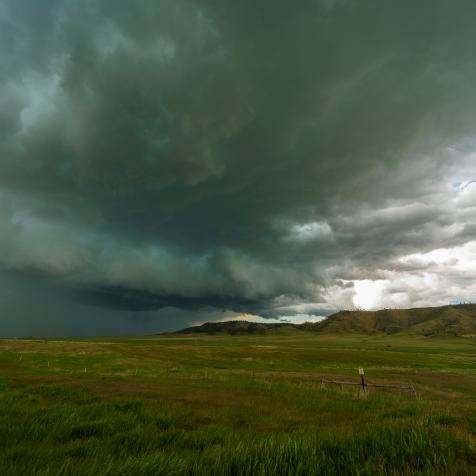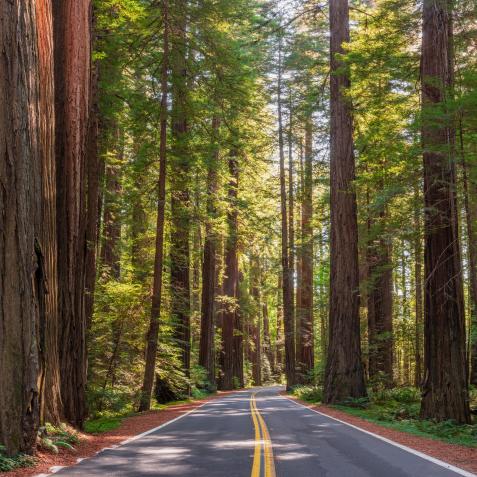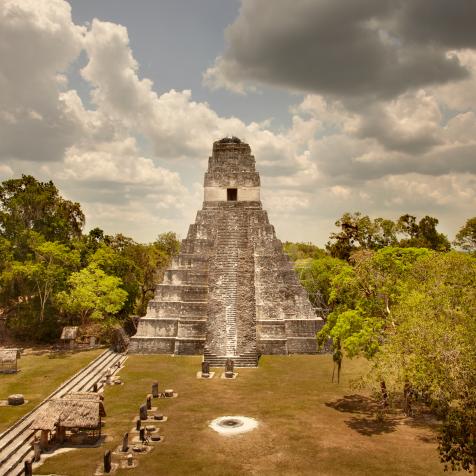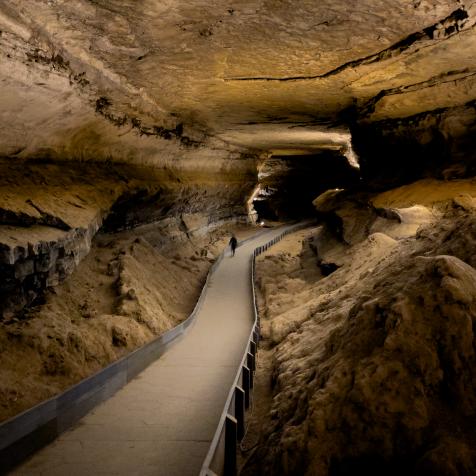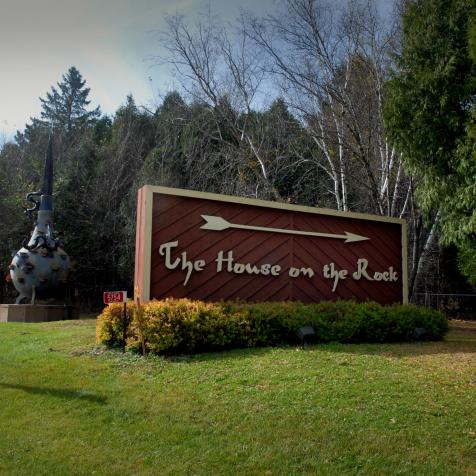
Ian Shive
Longhorn Cavern State Park
As you drive through the beautiful rolling landscape of Texas Hill Country, it’s hard to imagine that just below your feet are thousands of caves stretching for miles. Texas is notorious for having lots of caves across the state, many of them popular attractions for the tens of millions of bats that make their nightly emergence.
Sponsored by Travel Texas
But Longhorn Cavern State Park truly stands out because of the tremendous human history and unique geologic processes that formed it.
Only about 15% of the world’s caves are formed by rivers, and Longhorn is one of them. Between 280 and 300 million years ago, geologic forces shifted under Central Texas in an event known as the Llano Uplift. During this upheaval, cracks in the limestone earth formed, allowing water to seep in, which gradually cut underground streams and rivers out of the solid rock. It’s those tunnels that we are able to walk through today.
But long before modern-day visitors and photographers like Ian Shive entered the cavern, an expansive human history took place here, giving rise to legends, lore, and stories of paranormal activity.
The first people to inhabit the region date back hundreds of years ago when the Comanches utilized the cave. Some of the unique rock formations, such as chert, made for excellent arrowheads and other projectiles. There is evidence of this occupancy today in the grand chamber known as the Indian Council Room.

Ian Shive
Almost 200 years later, in the 1860s, the cave was again utilized to make weapons, except this time, it was for the American Civil War. The large number of bats that live in the cave create bat droppings, known as guano, that provide valuable potassium nitrate for use in gunpowder.
The cave went through more iterations of human use as the years passed on, becoming a speakeasy and nightclub in the 1920s and ‘30s, even featuring a ballroom in one of the main rooms.
As years progressed, the Civilian Conservation Corps built buildings and visitor centers at the entry of the cavern, many of which have unique symbology to the keen observer. Was there a hidden message here that is lost to time? Finally, the caves were used as a possible nuclear fallout shelter during the Cold War in the late 1960s.
Today's visitors can descend 130 feet below the surface, deep into the cave’s recesses and history. Drops of water still fall to the tunnel floor, unusual breezes emerge from dark cave shafts off to the side, and some passages are so narrow that it doesn’t take much imagination to understand where the stories of paranormal activity come from. Then again, perhaps there are ghosts here, still roaming the grand chamber and dance floor. Anything is possible considering the incredible history of Longhorn Cavern!










